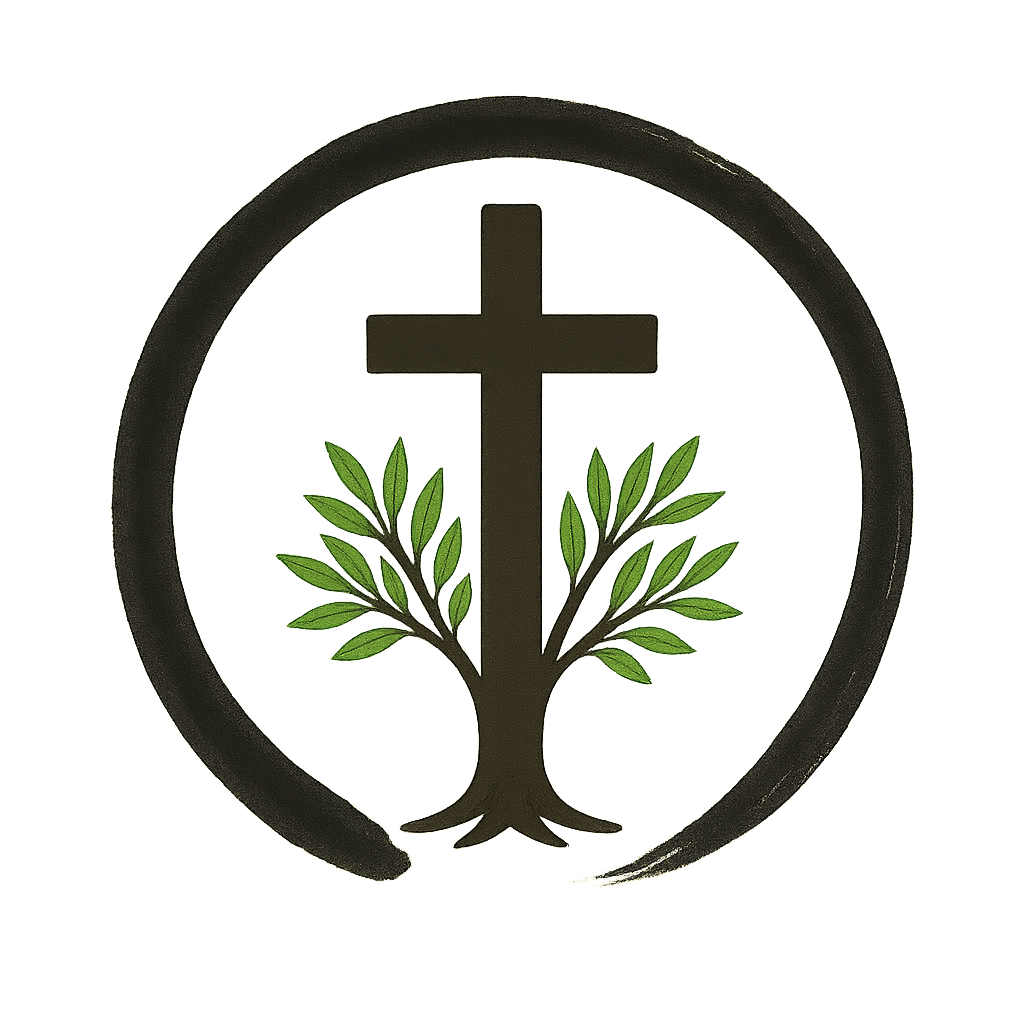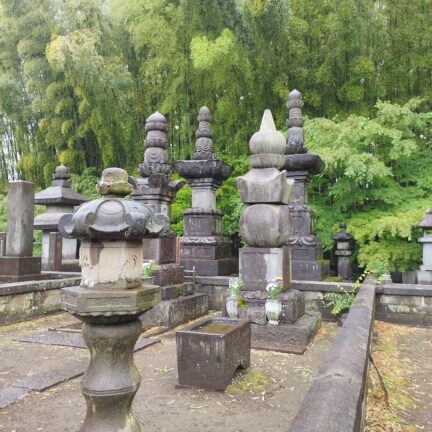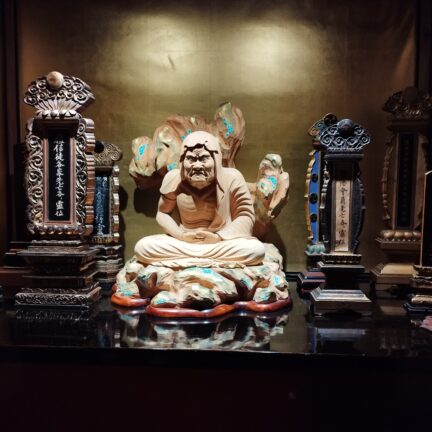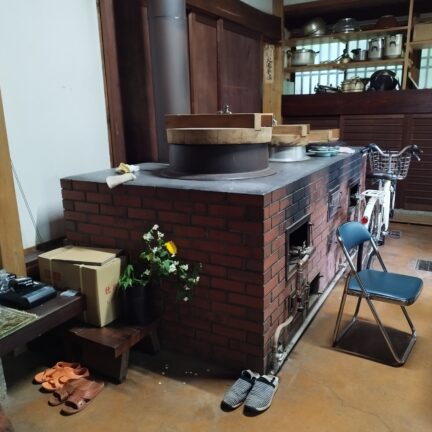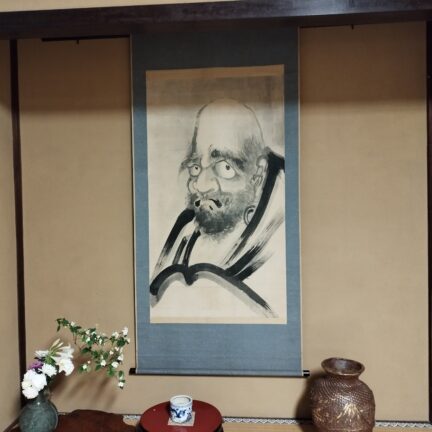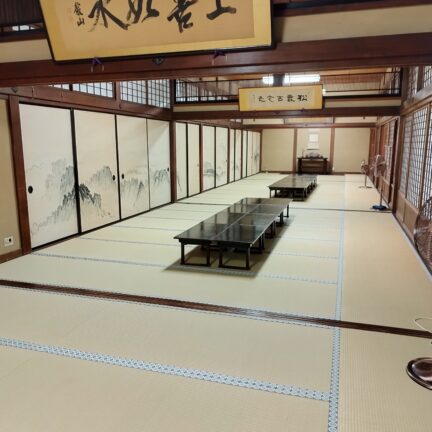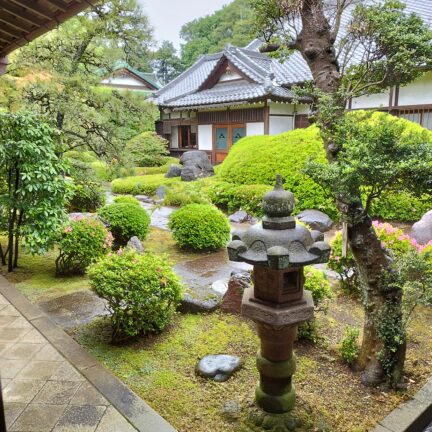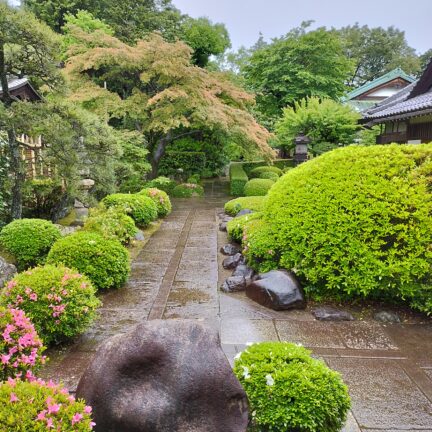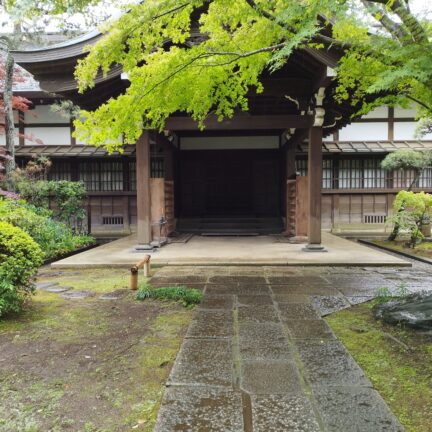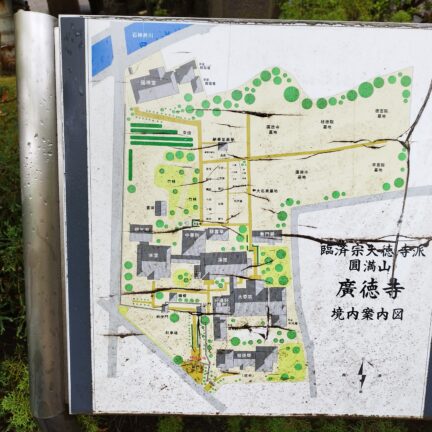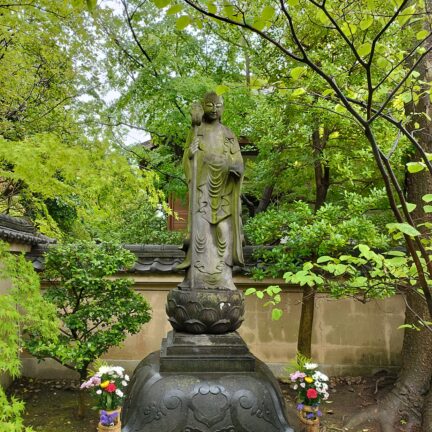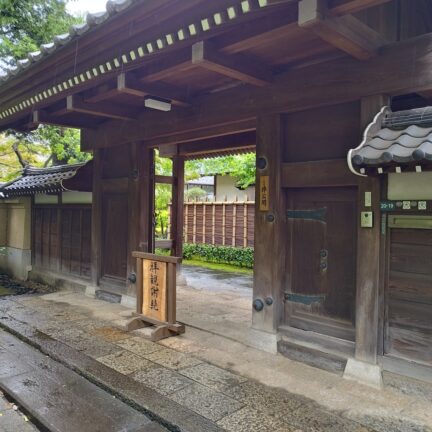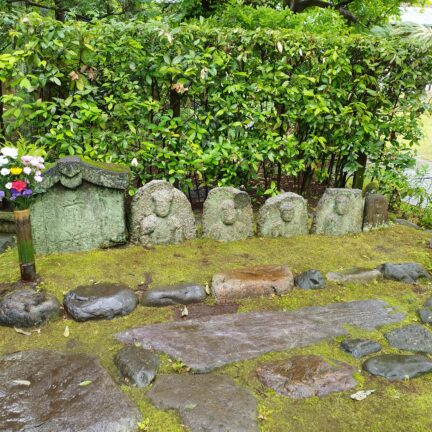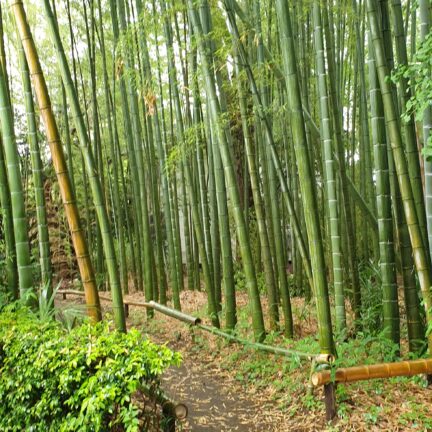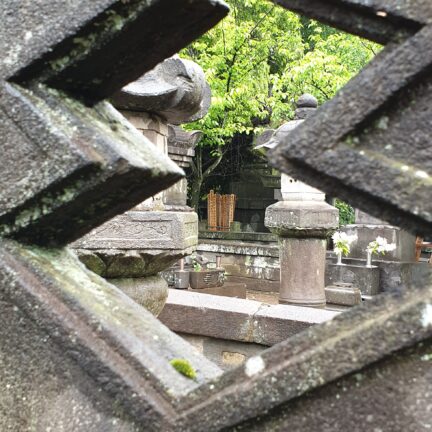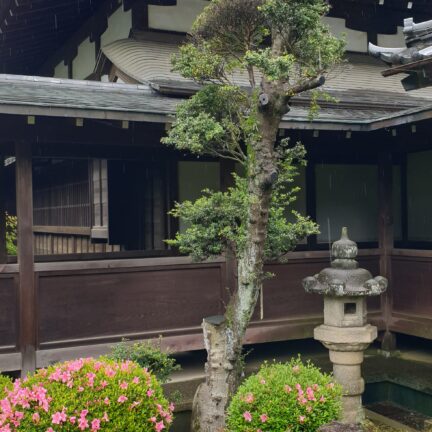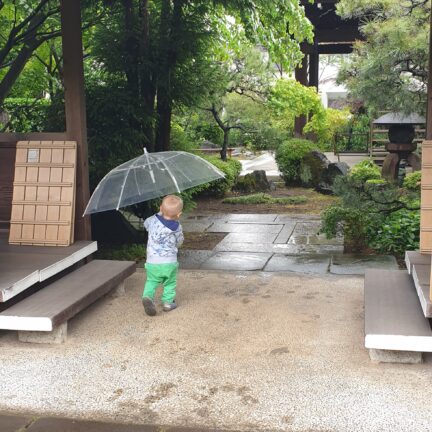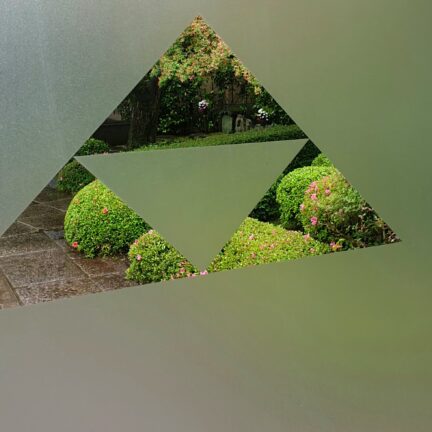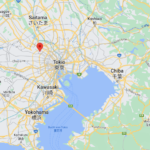Koutokuji Zen Temple – Japan – Tokyo – Graveyards of the Samurai
Koutokuji Temple belongs to the Daitokuji Zen Lineage. Gengoro Ota, the third son of Ujimasa Hojo, the head of the Hojo clan who was the lord of Iwatsuki Castle, and the third son of Ujimasa Hojo, who was the lord of the Kanto region during the Warring States Period, invited Meiso Osho Odawara is to open the Koutokuji Temple as a subsidiary temple of the Sounji Temple. In the past, Gengorō OTA was believed to be the same person as Ujifusa OTA.
However, recent studies show that Ujifusa's older brother, who died early, first took over the Ota clan and called himself "Gengorō". In 1590, Odawara Castle was surrendered by Toyotomi Hideyoshi's expedition, and when the Hojo clan was destroyed, Koutokuji is also said to have been destroyed by fire. Thereafter, in 1591, Ieyasu Tokugawa, who took possession of the Kanto region on behalf of Hideyoshi, invited Kiso Osho, the second chief priest of Koutoku-ji Temple, to restore Koutoku-ji Temple in Kanda, Edo.
In 1635, the temple was moved to Shitaya and became a large temple attended by many daimyo (feudal lords) such as the Kaga Maeda clan, the Tachibana clan of Kyushu, and the Oda clan. Its size is so great that it was sung as "Koutokuji Temple in Bikkuri Shitaya" in a Kyoka poem by Nanho Ota. This is one of the jiguchi still known today and is known along with "Kishimojin of Osoreiya". Most of the temple complexes were destroyed by fire during the great Kanto earthquake in 1923.
The Interior Ministry Reconstruction Bureau has decided to relocate the public office from the station square to the Koutokuji Temple precincts to curb the decline of private land in front of Ueno Station under the land reorganization project of the Imperial Capital Reconstruction. In 1925, Koutoku-ji Temple decided to move the cemetery and sub-temple Ensho-in Temple to Shimonerima-mura, Kitatoshima-gun, but Shimo-nerima-mura, which had become the new site, triggered a strong opposition movement.
Koutokuji Zen Temple - Japan - Tokyo - 広徳寺
Finally, it was relocated from 1927 to 1929 and the site became Shitaya District Office (now Taito District Office), Shitaya Elementary School (closed in 1990), Ueno Police Station, etc. After that, in 1971, became the main temple according to the expansion plan of the Taito Ward Office was relocated to Nerima and took on its current form.
Many celebrities are said to have been buried in Shitaya Cemetery as it prospered during the Edo period through the devotion of various feudal lords. When the cemetery was moved after the Great Kanto earthquake, most of them moved to Nerima except for Mr. Maeda and Mr. Hachisuka, who were reburied in Kunimoto. However, there are many tombstones that were not damaged by the earthquake and were engraved in "the tombs of the Nandoro family," making it difficult to identify the current burial figures.
It is said that the tombstone of Kaga Maeda was transported to Kanazawa by train during the Meiji period. Most of Maeda's surviving tombstones are of women, and Maeda carried away preferably male tombstones, partly for economic reasons.
